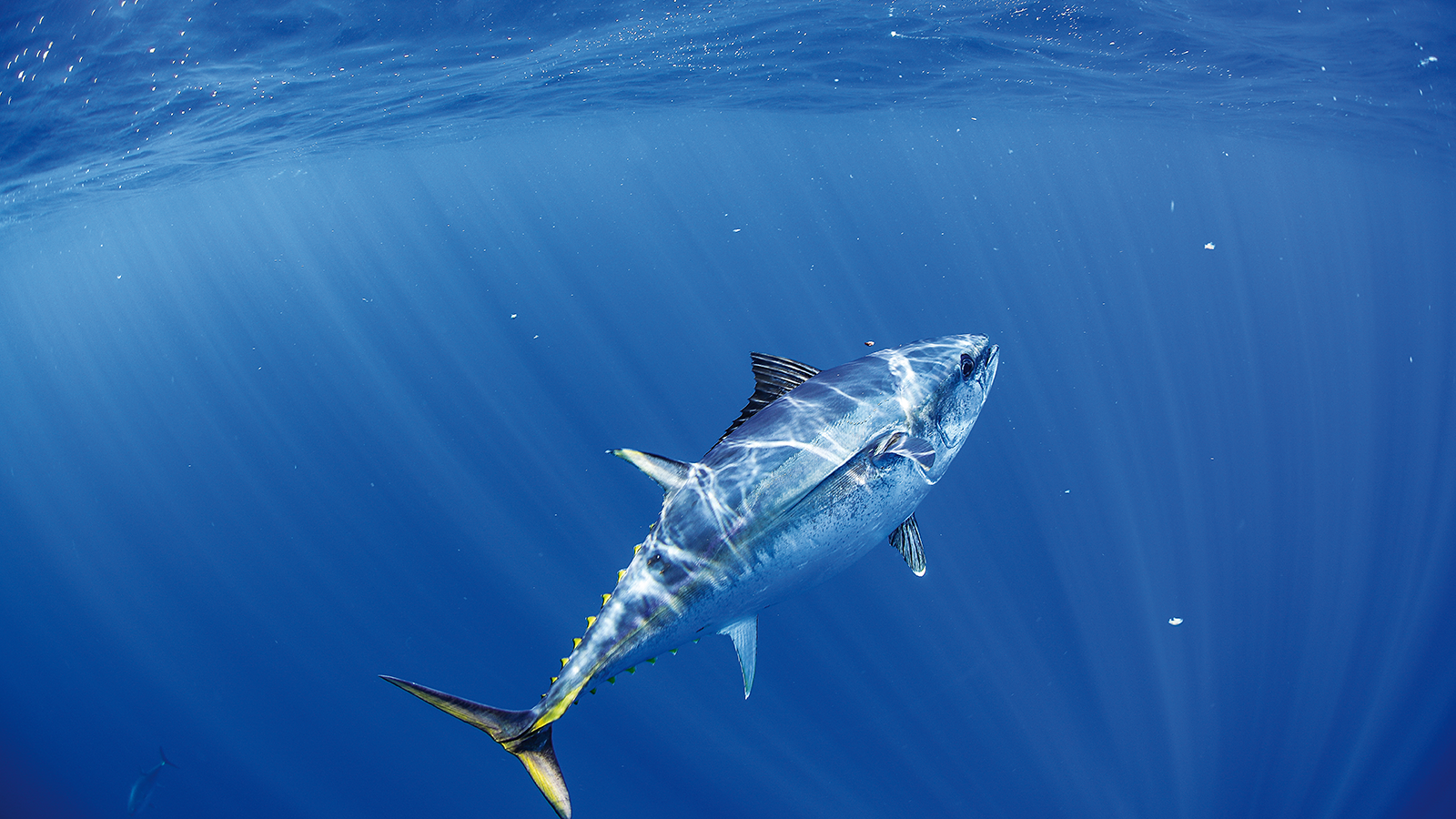Coastal fisheries species require a series of connected habitats to complete essential life-history functions. Key habitats, like nurseries, are known for some species but the sequence of habitats used by juveniles is poorly known for most. Even where nurseries are known the relative values of alternative nurseries have not been determined, so we lack the ability to quantify the economic contributions of different habitats to fisheries production. Many habitats without apparent direct functional roles are vital as conduits between habitats critical for life-history needs. Similarly, spawning and forage sites are unknown for many species. The project provides the background to develop research detailing the life-cycle habitat and connectivity requirements of coastal fisheries species, so is the vital first step in gaining the knowledge needed by managers to understand and protect coastal habitats. It fills critical knowledge gaps identified in the DERM/QWP’s “Connectivity” project, and supports habitat classification and mapping work (e.g. QWP/DEEDI Coastal-wetlands mapping, OzCoasts). It will provide the basis for enhanced quantification of the ecological and economic importance of the chain of habitats necessary for healthy fisheries, thus addressing QFRAB 2011/12 priority 4 and priority 3. This will allow more precise management of species valuable to all fishing sectors, and provide pivotal information needed to incorporate fisheries values into impact and offset assessments for development proposals. Thus the work provides crucial information needed by Fisheries Queensland, DEEDI Fisheries Habitat Research, GBRMPA’s EC&SU and CE&WQ sections, and contributes to the long term ecological and economic health of Northern Australia’s fisheries.
Project number:
2012-037
Project Status:
Completed
Budget expenditure:
$57,500.00
Principal Investigator:
Marcus Sheaves
Organisation:
James Cook University (JCU)
Project start/end date:
30 Sep 2012
-
9 Jun 2013
Contact:
FRDC
1. Review all available literature to identify key knowledge gaps and refine a potential field research program
focussing on (a) critical habitats necessary for the life-cycles of key fisheries species using estuarine and nearshore nurseries, (b) connectivities supporting that utilisation, (c) the relative importance of different nursery grounds, (d) the relative value of different habitats for life-history requirements, (e) habitat-specific food webs and trophic interactions supporting fisheries species life-cycles. The project will also develop a “business case” for future investment, considering: the risks, opportunities to protect, repair, offset etc., and developing a decision support system based on these opportunities and risks.

PROJECT NUMBER
•
2023-154
PROJECT STATUS:
CURRENT
Fish LIGHT - Low impact gears and innovative harvest technologies
1. Undertake gear trials with clear monitoring and assessment of gear performance against economic, ecological (including SOCI interactions) and social indicators.
ORGANISATION:
Department of Primary Industries (QLD)

PROJECT NUMBER
•
2022-155
PROJECT STATUS:
CURRENT
Field based trials and risk assessment of new species to enhance the value of tropical and subtropical impoundment fisheries
1. Formalise a desk top risk assessment for stocking of Bigeye Trevally and Giant Trevally in tropical and sub-tropical impoundments.
ORGANISATION:
Department of Agriculture and Fisheries Bribie Island

PROJECT NUMBER
•
2021-017
PROJECT STATUS:
CURRENT
Basement Jacks - Where's your stock at? Understanding stock structure and connectivity of Mangrove Jack in northern Australia
1. Determine the stock structure of Mangrove Jack across northern Australia
ORGANISATION:
Department of Agriculture and Fisheries (NT)





